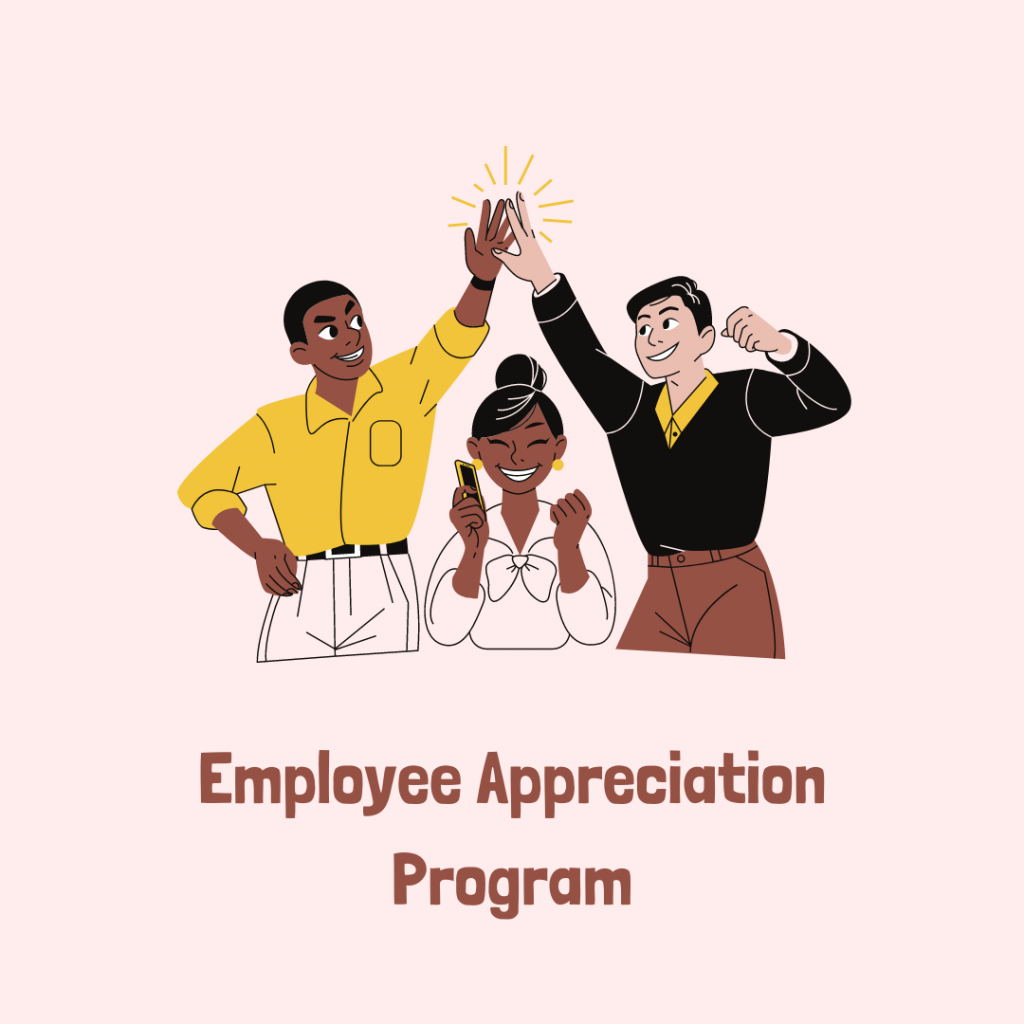Recognition and appreciation are two terms that are often used interchangeably, but actually describe totally different forms of praise. While both are important, it’s vital to know the difference between their meanings.
Recognition involves giving positive feedback based on results and/or performance, while appreciation acknowledges one’s inherent value, not accomplishments. Appreciating people means valuing their worth as human beings, or in our case, colleagues.
If you are looking for ways to elevate your workplace, dive into our articles featuring the best employee recognition ideas and motivational quotes for employee appreciation to inspire your hardworking team.
Delve into our article with expert tips on how to craft a standout employee of the month recognition letter. That's not all! Get inspired by the companies with best employee recognition programs that are make these organizations truly exceptional.
Today’s blog discusses the value of building an employee appreciation program and a culture of recognition. By creating an employee appreciation culture in your workplace, you let everyone know how much you appreciate their efforts.
1. The impact of recognition and appreciation on workplace culture
Managers nowadays have many tasks. One such task that managers often overlook is giving meaningful and effective recognition to all employees, as well as positive feedback to those who deserve it. We know how hard people work to bring their skills, smarts and expertise to the table — so it’s easy to see why most want to see their efforts noticed.
Employee recognition and appreciation are crucial to building a solid organizational culture. Global research shows that both are equally important to improving work life balance, and also among the main factors that encourage employees to join, engage, and remain with a company.
2. The bigger picture: Why a culture of recognition and appreciation has a big business impact
From people’s commitment to the major investments in their roles, relationships with their peers and time they devote to specific areas of their work, there are many reasons to show that you care and recognize your employees. Global surveys show that there is a strong bond between overall employee job satisfaction and recognition frequency. It is important to show employees that:
- Their work is fulfilling
- They are receiving feedback that helps them grow and develop
- Their daily tasks and responsibilities help the organization accomplish its goals
- The organization trusts them to contribute to its mission
- Their strengths and skill set are valued
It is easy to see the major business impact that a culture of recognition and appreciation has. The psychological effects of workplace appreciation and gratitude cannot be overstated, but even besides those, there are major benefits that help create a unique company culture and strengthen employee relationships.
Implementing gratitude in your company culture will make employees more willing to spread their positive feelings with others. That sharing can be something as simple as helping out with a project, or as complicated as recognizing those that have gone the extra mile in a specific project or throughout a specific timeframe.
3. The bridge to building employee loyalty
Showing employee appreciation and recognizing them for their efforts is also key to building employee loyalty. If you are asking yourself the best way to measure other people’s dedication and loyalty, a metric like the Employee Net Promoter Score (eNPS) is precisely the answer. eNPS is a method that revolves around the Net Promoter Score (NPS) to measure loyalty, and is calculated based on responses to a few questions such as:
- “On a scale from 0-10, how likely are you to recommend our product/service to your family or friends?”
- “On a scale from 0-10, how likely are you to recommend our organization to your family or friends?”
The responses you get can give you a pretty good idea about the average overall job satisfaction rate at your company. You can also run this survey in different departments and therefore discover your marketing team job satisfaction rate, developer job satisfaction rate, and management job satisfaction rate.
A score of 9 or 10 classifies your employees as promoters, while respondents who score between 7 and 8 are considered passive or neutral. Respondents giving a score between 0 and 6 are labeled detractors; it’s important to figure out why they are providing poor feedback.
4. 15 ideas for recognition programs
Below, we list some of the best employee recognition ideas to get you started. You’ll notice that most of these are simple concepts, but go a long way into creating positive feelings.
- Say thanks. A lot.
- Send cards — handwritten are best!
- Publicly celebrate employee work anniversaries.
- Give company swag.
- Deliver personalized gifts and rewards.
- Allocate a specific budget for recognition.
- Share positive feedback with the entire company for public recognition.
- Write LinkedIn recommendations.
- Participate in a team building activity.
- Create a Wall of Fame for employee appreciation.
- Provide personal development opportunities or training.
- Host Friday lunch or go for drinks with the team.
- Design/print certificates of achievement.
- Send out personal thank-you notes from senior management.
- Send a spot bonus as monetary reward.
If you feel like you need something different, you can always ask your employees how they want to be recognized. You’ll be surprised at what you learn!
5. Final words
Building a culture of recognition and appreciation allows you to provide regular feedback and rewards to the employees and teams that help your business succeed. By promoting this type of positive reinforcement, you will consistently note employee accomplishments and let people know how valuable they are.
The greatest psychological effect of employee appreciation and gratitude is the overall happiness of the workforce, especially when you know that they benefit from your organization in numerous ways. An employee appreciation culture like this encourages a continuous cycle of recognition in the workplace. Those kinds of emotions and feelings are what every manager wants to see around them.
















